Canon 85mm f/1.4L - First Impressions
What's in a number?
A couple of years ago, Nikon was rumored to be working on an updated version of the legendary Noct-Nikkor f/1.2 AI-s. For the Nikon photographic community, this was exciting news; because, the thought of a Nikon lens to finally rival Canon's 50mm f/1.2L seemed imminent. You see, it had been a sore spot for many Nikon photographers that Nikon didn't offer any contemporary autofocus lens with a maximum aperture of f/1.2 - unlike Canon which had done so on more than one occasion. So as you could imagine, many were crossing their fingers.
But when the official announcement finally came out, a collective groan could be heard across the world. The updated Noct-Nikkor, only had a maximum aperture of f/1.4. For many Nikon loyalist, it was a disappointing moment - a total let down. It was unconscionable how Nikon didn't go the extra distance by making the Nikon AF-S 58mm f/1.4G an extra ⅓ of a stop faster. As such, Canon loyalist can continue to thumb their noses at Nikon photographers and their conventionally fast lenses.
Apparently, "a lot" is in a number.
1. Warm Up Shots
ISO 1600, f/2.8 1/250s.
ISO 1600, f/2.8 1/250s
ISO 800, f/1.4 1/500s
ISO 1600, f/2.8, 1/200s
2. Autofocus Tracking
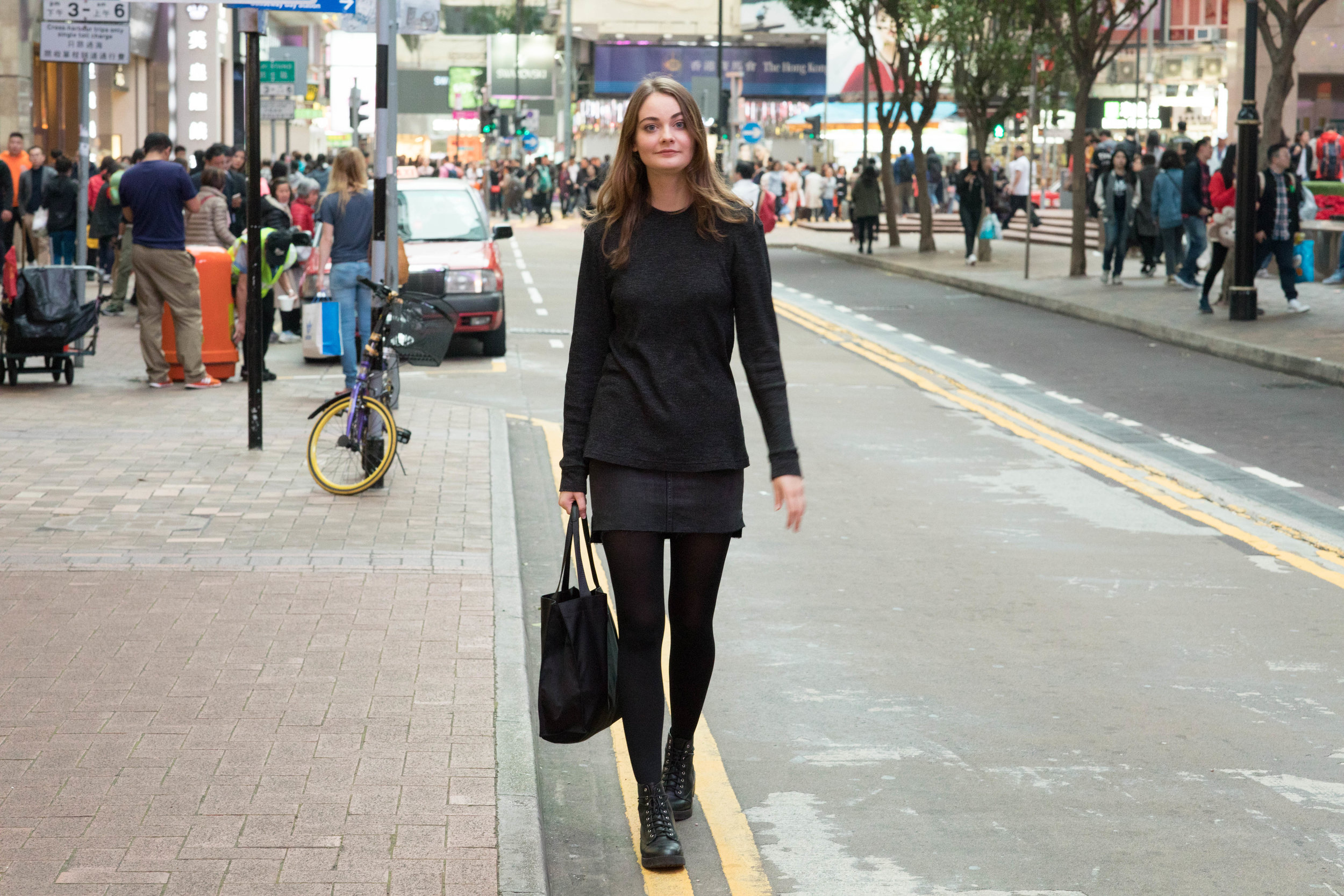
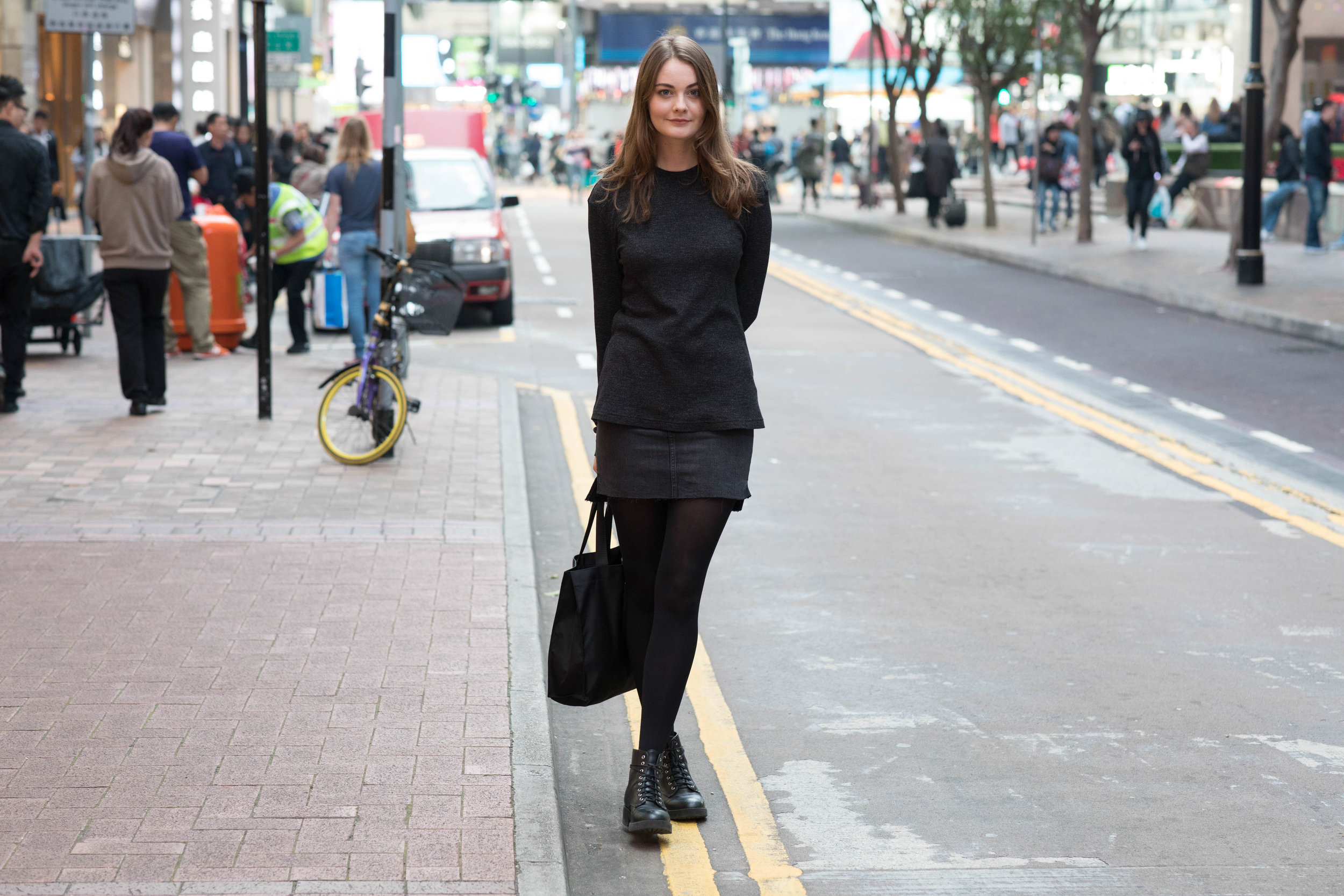
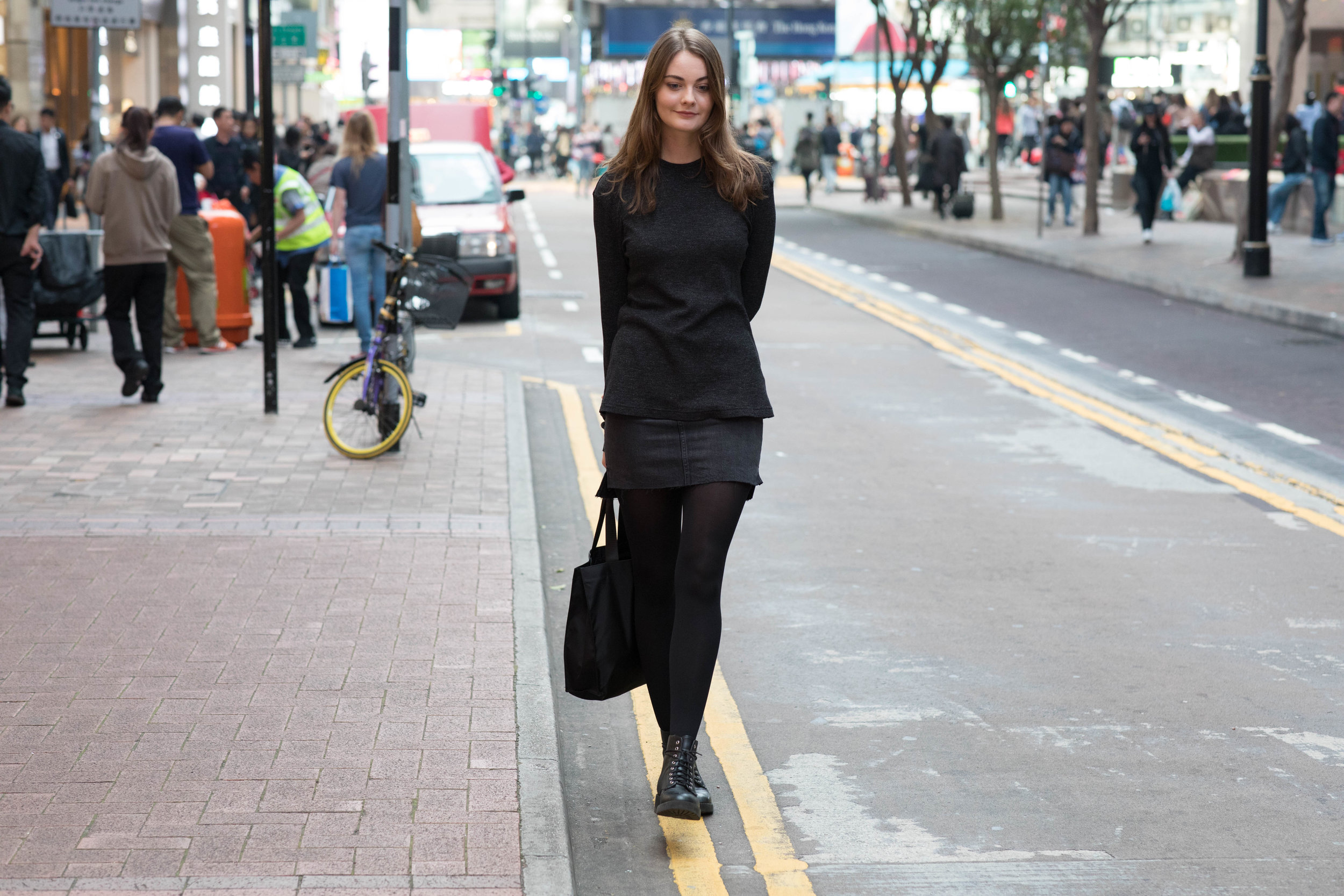
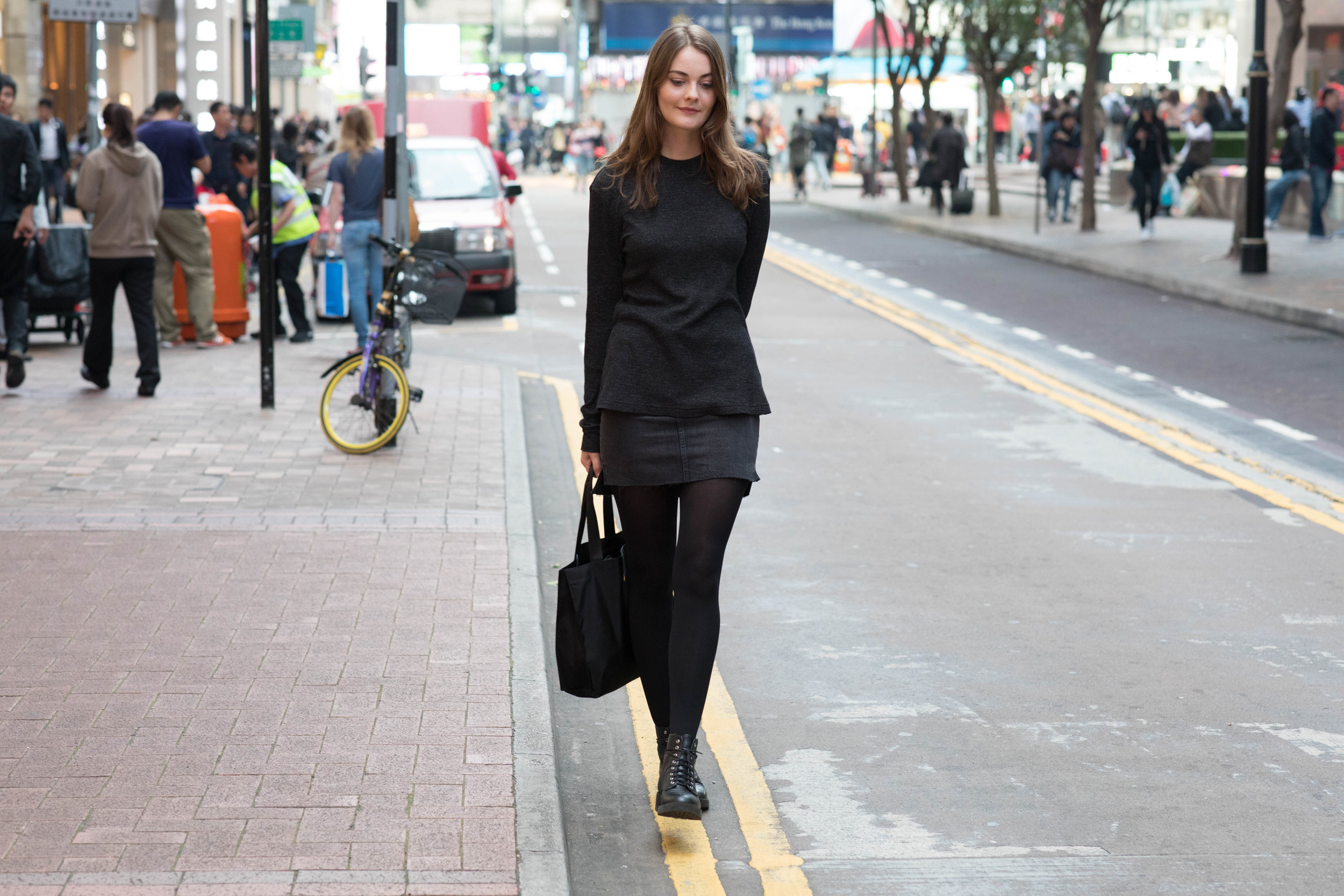
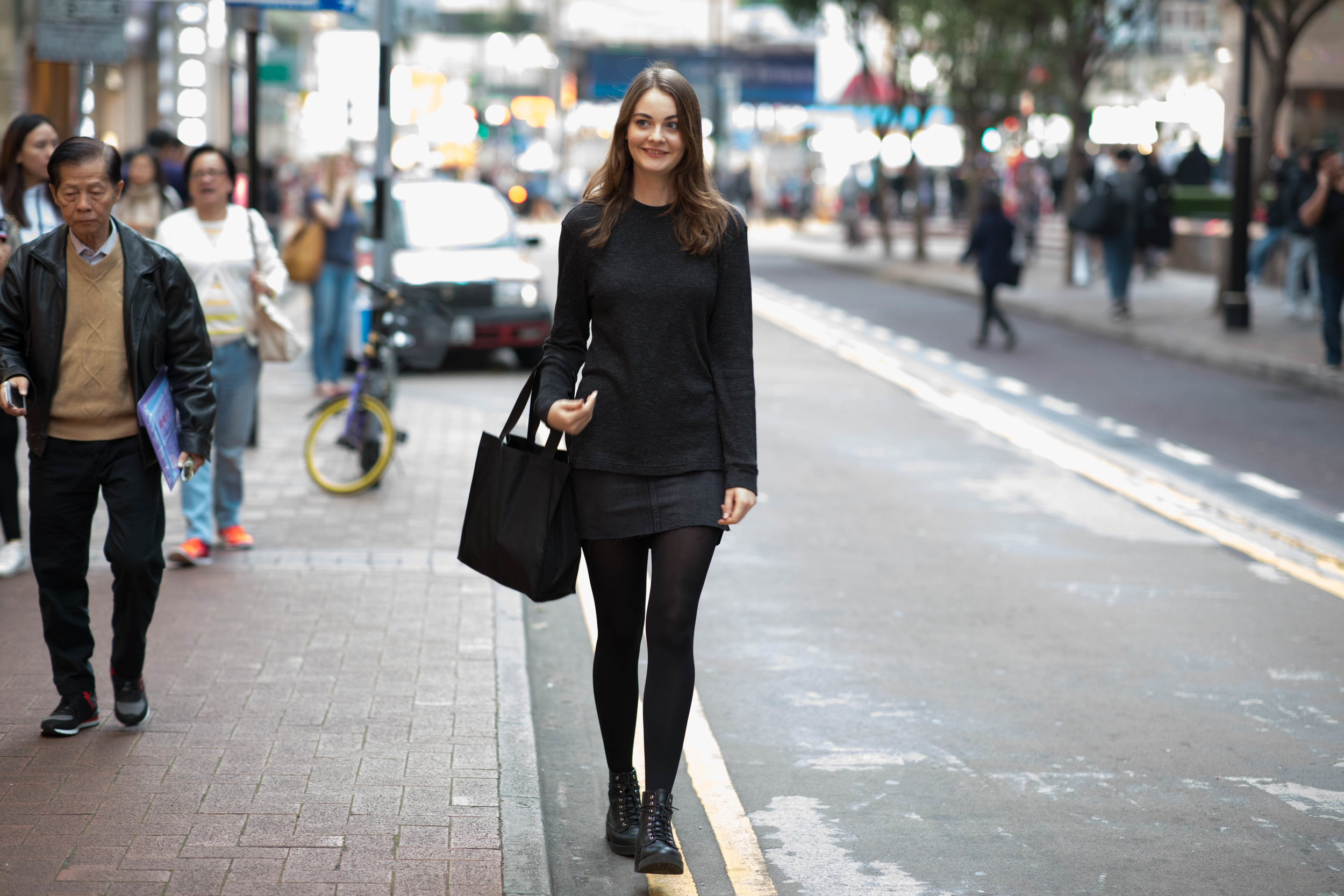
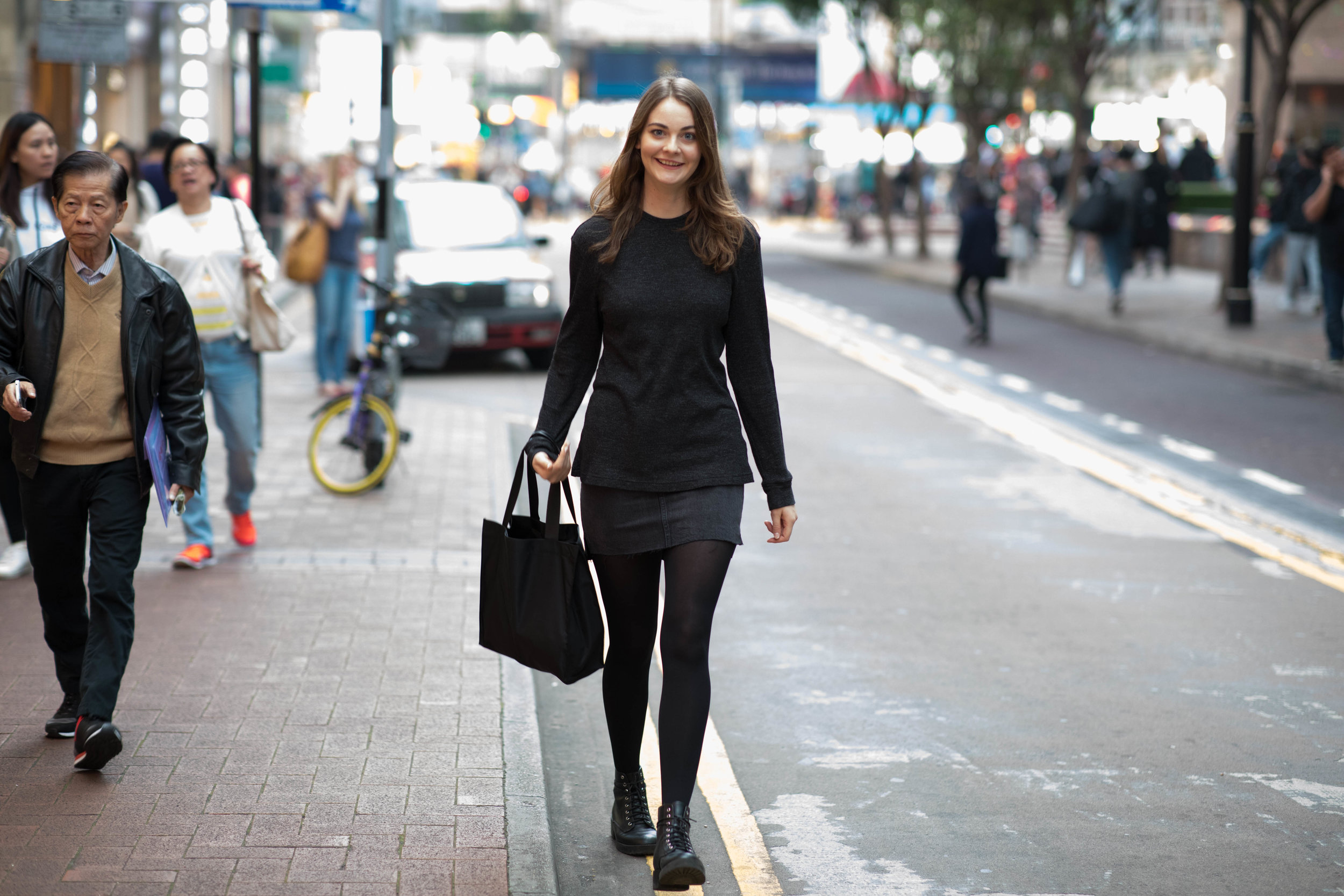
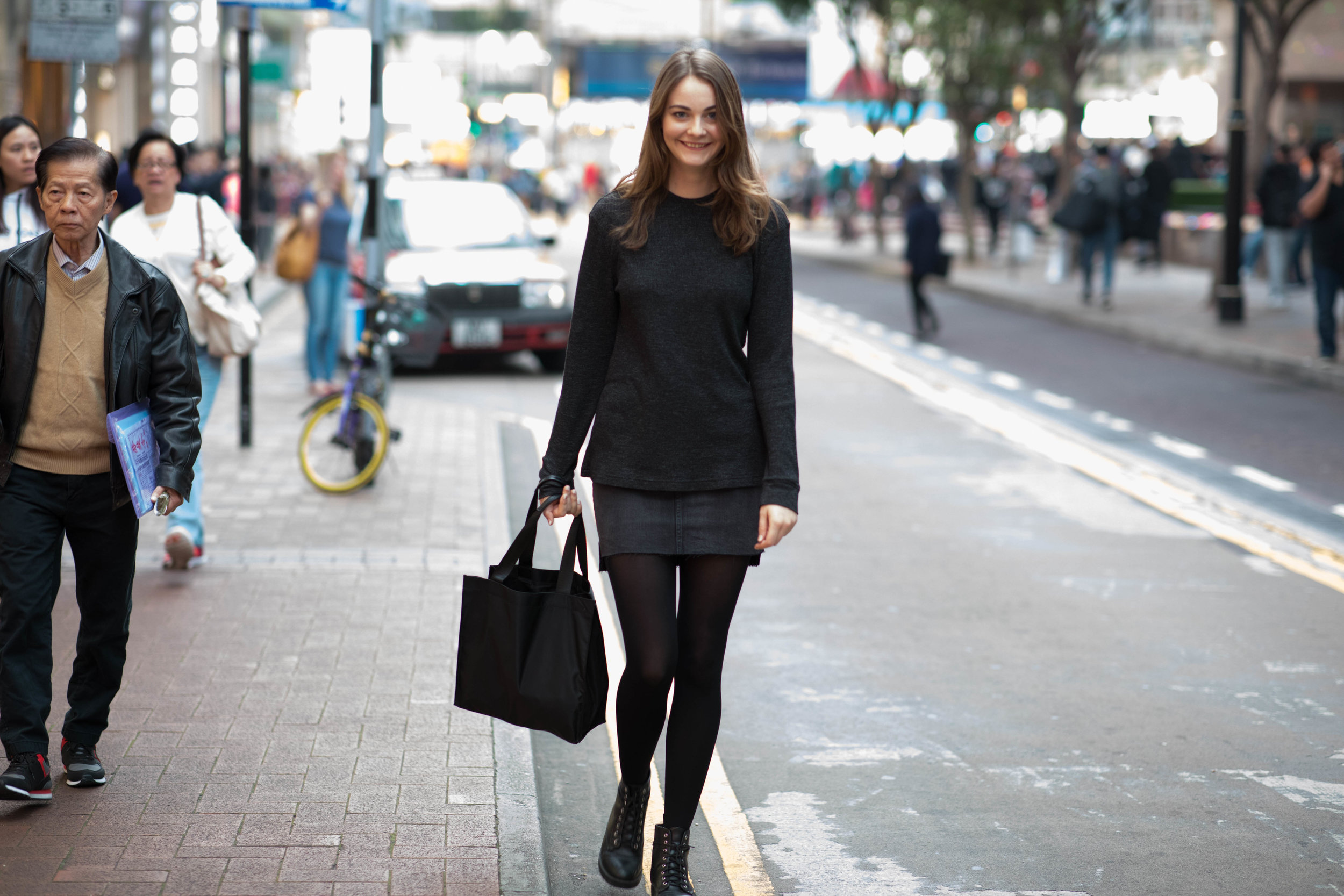
3. Testing Rendering Across the Aperture Range
ISO 1600, f/1.4, 1/2000s - notice signs of chromatic aberration on a loose lock of hair in front of a strong highlight on the right side of Anna.
ISO 1600, f/2, 1/1000s. Note the change in color balance, caused by the LED lights emanating from the jumbotron across the street.
ISO 1600, f/2.8, 1/500s
ISO 1600, f/4, 1/250s
ISO 1600, f/5.6, 1/125s
ISO 1600, f/8, 1/60s
ISO 1600, f/11, 1/30s
As much as we don't want to admit, many of us make consumer decisions based on numbers independent of context. In the case of a maximum aperture of f/1.2, we assume that it's better than a maximum aperture of f/1.4 or even f/1.8, because... well... bigger is better. It just is. I mean by the numbers, f/1.2 lets in more light or renders better bokeh given a thiner depth of field. Knowing that, is there really a reason to question the numbers? Not that most of us do, anyway!
Given this prevalent outlook, it makes it all the more puzzling why Canon decided to release a vanilla 85mm f/1.4L lens instead of a third generation 85mm f/1.2L lens?
Again, it's a question of context.
Before I continue, what I want to make clear is how the new Canon EF 85mm f/1.4L IS USM is no Canon EF 85mm f/1.2L II USM - and that is a good thing. I know I haven't formally reviewed the Canon 85mm f/1.2 before, since I've only started blogging a little over a year ago. But, from my own anecdotal account, I've never really liked it beyond using it in the controlled environment of a studio setting. It isn't a particular forgiving lens wide open, nor the most responsive.
4. Testing Corner Sharpness Across the Aperture Range
ISO 1600, f/1.4, /1000s
ISO 1600, f/2.8 1/250s
ISO 1600, f/5.6 1/60s
ISO 1600, f/11, 1/15s
5. Miscellaneous Shots, while waiting for Anna's Friend
ISO 1600, f/1.4, 1/400s. First close-up wide open image capture. The rendering seems promising.
ISO 1600, f/5.6, 1/60s. Personally, I've never liked the 85mm focal length for reach.
ISO 6400, f/1.4, 1/3200s. Introducing Anna's friend Sarah.
6. Testing Depth of Field with Two Subjects
ISO 1600, f/2.8, 1/60s. Warm up shots with two subjects. The depth of field is extremely shallow at close focusing distance.
ISO 1600, f/2.8, 1/60s
ISO 6400, f/1.4, 1/1000s
ISO 6400, f/5.6, 1/40s
ISO 6400, f/1.4, 1/640s
It also doesn't help that the 85mm f/1.2L is a very hefty lens. Although it's not as long as the 85mm f/1.4L, the 85mm f/1.2L feels significantly and noticeably more encumbering than this new lens. By comparison, the 85mm f/1.4 feels good in hand. From the perspective of the DSLR experience, the increased size wasn't obtrusive, which made it very usable in the uncontrolled environment of the real world outside the studio.
When the autofocus is locked on, the focusing of the 85mm f/1.4L is nimble. It doesn't hunt for focus, which makes it much more usable in uncontrolled shooting conditions. In fact, it was so responsive, I didn't have a difficult time shooting it from a distance on a Friday after work, with all of Hong Kong spilling over onto the street for the weekend. The autofocus was quick enough to keep my photobombing rate within reason (although an argument could be made that the physical presence of the lens's size made passersby mindful to avoid my line of fire).
As for how the autofocus responded on continuous tracking, it performed reasonably when the focusing distance wasn't beyond the optimal range of the Canon 5D Mark IV's sensors. I suspect that the focusing would be more accurate in tracking, if the focusing distance was within the 5D Mark IV's optimal range. However, I didn't test that, since tracking at closer distance isn't particularly interesting to me... hence the oversight in excluding it in testing.
7. Testing Bokeh at Night
ISO 6400, f/1.4, 1/2000s. The bokeh seems best shooting from 10' away (roughly 3 meters), given a greater selection of background to render, compared to shooting at closer minimum focusing distance.
ISO 6400, f/1.4, 1/2000s
ISO 400, f/1.4, 1/125s
8. Testing Bokeh Across the Aperture Range - at Minimum Focusing Distance
ISO 800, f/1.4, 1/250s. At the minimum focusing distance, bokeh appears to be smooth and consistent across the aperture range - tested to f/5.6. Also notice the sharpness of the tack focused region of Sarah's eye lashes.
ISO 800, f/2, 1/125s
ISO 800, f/2.8, 1/60s
ISO 6400, f/5.6, 1/125s
ISO 6400, f/8, 1/60s. At f/8, bokeh is no longer pleasing, in my opinion.
Still, it was a minor detail. In my first thirty minutes putting the 85mm f/1.4L through its paces, I knew I liked it more than the 85mm f/1.2L - much more! The user experience was completely different. With that said, the real test isn't how it feels, but rather how it photographed what it captured. Is it sharp? Is it sharp on the corners? How does it render bokeh? And how does it look at close focusing distance?
Admittedly, I didn't bring along the Canon 5DSr for this review. But, at 30 megapixels, the 85mm f/1.4L does appear to be very sharp across the aperture range, and anecdotally sharper than the 85mm f/1.2L II. In my opinion, this is observable when I acquire tack focus on the eyes, demonstrated by greater definition in details without any telltale signs of feathering along the edge of the lashes. As for corner sharpness, it does appear to be relatively sharp across the aperture range. However, you will have to make your own assessment with the sample images supplied, since evaluating corner sharpness isn't something I do.
Of course, sharpness is better demonstrated when shooting closer to its minimum focusing distance. This doesn't mean that the 85mm f/1.4 cannot perform at longer focusing distance. It can. But in my opinion, sharpness no longer appears optimally rendered beyond a distance of 10' (or roughly 3 meters away). In order to get tack sharpness of the lead eye beyond my stated optimal distance, better shooting fundamentals than I can demonstrate is required.
9. Testing Autofocus Wide Open at Low Light and at a Distance
ISO 400, f/1.4, 1/200s. Beyond 15' (roughly 4-5 meters), bokeh becomes less apparent. However subject isolation is still noticeably well rendered. Getting tack focus of a moving subject is also noticeably more challenging.
ISO 400, f/1.4, 1/200s. Cropped for framing.
ISO 400, f/1.4, 1/200s. Cropped for framing.
ISO 400, f/1.4, 1/200s. Uncropped so you can examine corner sharpness... although I really want to crop this image for composition.
10. Rendering Balls of Light, Wide Open
ISO 400, f/1.4, 1/200s. The 85mm f/1.4L renders pleasing balls of light, under the right conditions.
ISO 400, f/1.4, 1/200s
ISO 400, f/1.4, 1/200s
ISO 400, f/1.4, 1/200s
ISO 400, f/1.4, 1/200s
ISO 400, f/1.4, 1/200s
Bokeh is another trait that benefits from closer focusing distance. When shooting wide open, the optimal focusing distance appears to be no more than 15' (or roughly 4-5 meters away). Although interestingly, when shooting at the minimum focusing distance, bokeh appears to be more-or-less pleasant stopped down to f/5.6 - staying smooth and consistent. This wasn't something I expected. But when I attempted to photograph Anna and her friend Sarah stopped down at close minimum focusing distance, I was surprised by how thin the depth of field was, even at f/5.6.
Still, losing a ⅓ of speed in maximum aperture seems to be an awful big sacrifice, from a numbers perspective. Knowing that this lens isn't king of the hill in maximum aperture does take away its luster. But, this 85mm f/1.4 is a much better lens. True, you lose ⅓ of a stop (and possibly the accompanying benefit in a thinner depth of field in rendering bokeh), but you do gain roughly 4-5 stops in Image Stabilization.
It was truly incredible how much slower I could shoot with the 85mm f/1.4L. I was shooting comfortably at 1/15s at the 85mm focal length, where the rule of reciprocity would recommend no less than 1/125s to 1/250s. As a result, my image files were cleaner in low light situation, given the option of reducing shutter speed instead of raising ISO to compensate (albeit assuming your subject's willingness to stay still for the duration of the shutter opening).
11. Testing Rendering of Front Bokeh
ISO 6400, f/1.4, 1/250s
ISO 6400, f/1.4, 1/250s
ISO 6400, f/1.4, 1/250s
ISO 6400, f/1.4, 1/250s
12. Testing Image Stabilization
ISO 6400, f/8, 1/40s
ISO 1600, f/11, 1/5s. Testing Image Stabilization.
ISO 1600, f/11, 1/5s. Testing Image Stabilization.
ISO 1600, f/11, 1/5s Testing Image Stabilization.
ISO 1600, f/11, 1/5s. Testing Image Stabilization.
Overall, I have a very positive first impression of the Canon EF 85mm f/1.4L IS USM. It is the lens the Canon EF 85mm f/1.2L II USM should have always been. By doing away with the vanity of the f/1.2 maximum aperture, Canon made a better all-around lens that can actually be carried around and used with greater frequency. It is a very usable lens. Admittedly, this lens does not carry the torch for Canon in continuing its line of 85mm f/1.2 lens anymore. But who really cares. In my experience, f/1.2 is just a number, if your lens stays in the bag. In the real world, there is more to life than numbers.
Most images have been not been edited in Lightroom. Some have had their color balance or exposure tweaked for the sake of easing comparison between sample images. Images have only been cropped for composition, if mentioned in the image caption.
Special thanks to Sarah, for pitching in. Anna had to leave early, and I wanted to test this lens under the night sky - albeit littered with Hong Kong's wonderful light pollution.







